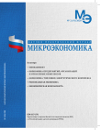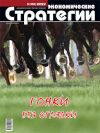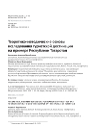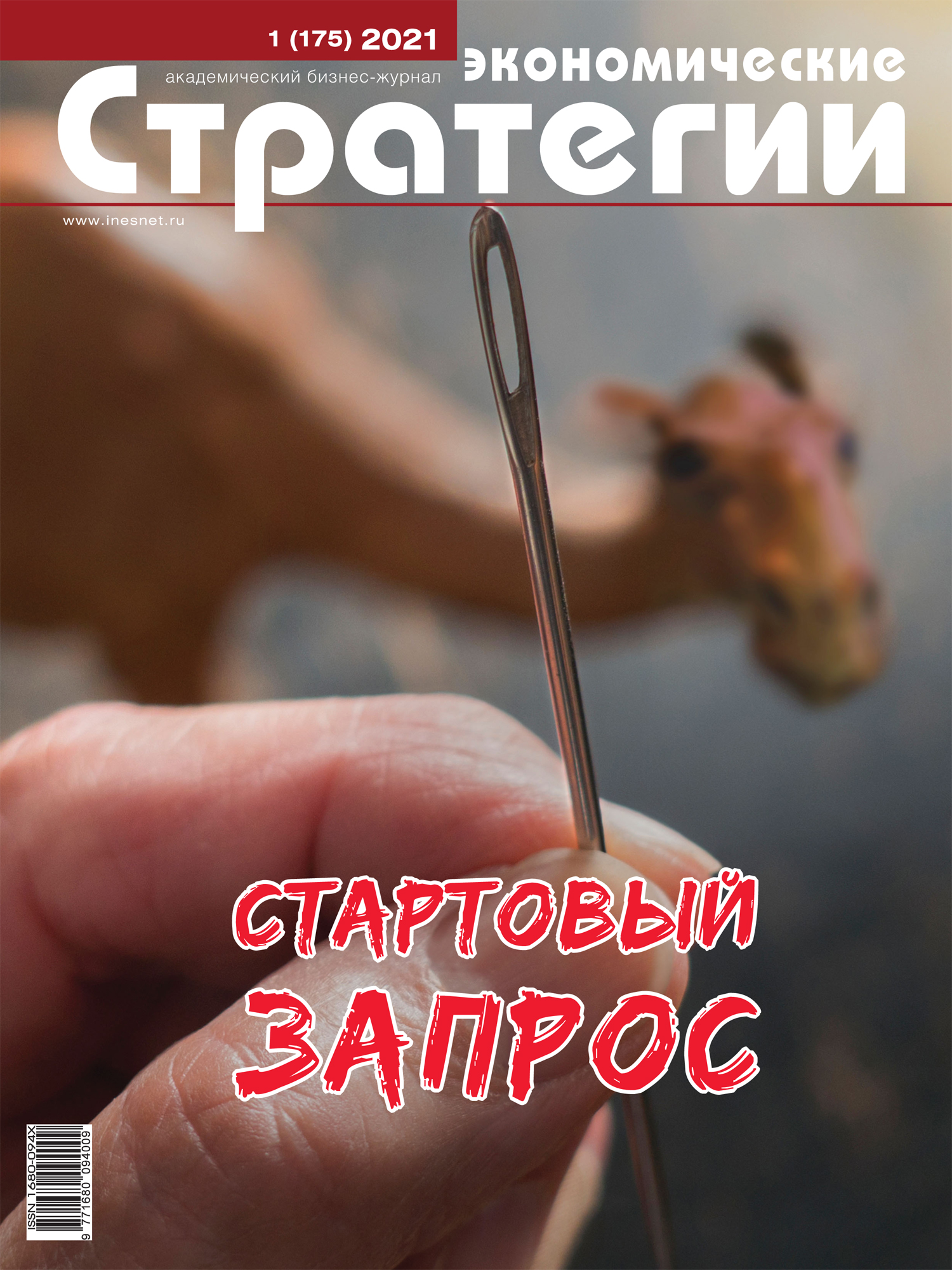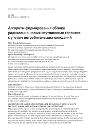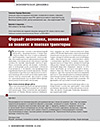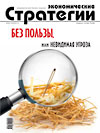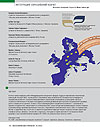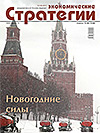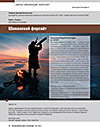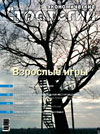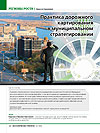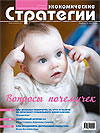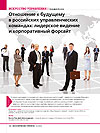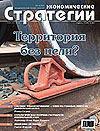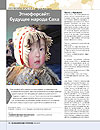Competence management of the personnel reserve of an oil and gas company based on the use of foresight technology
DOI: 10.33917/mic-6.119.2024.40-49
The avalanche-like flow of innovations, instability in the global political arena, sanctions policy, shortage of qualified personnel complicates the development of strategic sectoral solutions for staffing in the Russian labor market. The personnel support system, as a complex system, is formed by a set of interconnected and interacting, but structurally relatively autonomous subsystems. At the corporate level, the system of continuous training and human resource development is aimed at meeting the strategic need of the company for qualified personnel in its priority areas. The formation of training programs for the personnel reserve using foresight technologies allows you to focus the company’s resources and achieve the so-called «dynamic equilibrium» according to A. Bogdanov [1]. The transition from strategic forecasting of required qualifications in the industry to planning of demanded competencies based on foresight technologies makes it possible to increase the competitiveness of the company.
References:
1. Bogdanov A.A. Tectology. General organizational science: in 2 books. M.: Economica, 1989. 304 p.
2. Budzinskaya O.V. Personnel supply system as a mechanism for expanded reproduction of human resources: dis. Doctor of Economics: 08.00.05. M., 2022. 321 p.
3. Connor J., McDermott I. The art of systems thinking: essential knowledge about systems and a creative approach to problem solving. M.: Alpina Publisher, 2018. 256 p.
4. Martynov V.G., Budzinskaya O.V., Sheinbaum V.S. Design of a system of expanded reproduction of personnel for the fuel and energy complex in the context of the next reform of engineering education. Standard of living of the population of the regions of Russia. 2024. Vol. 20. No. 2. P. 243–257.
5. Golden hands: Russia has a total personnel shortage. Forbes. URL: https://www.forbes.ru/biznes/497478-zolotye-ruki-v-rossii-total-nyj-deficit-kadrov
6. Personnel reserve program. URL: https://rosnefteflot.rosneft.ru/Development/personnel/reserve/
7. Budzinskaya O.V. Forecasting the need for qualified personnel using the example of the oil and gas industry. Social and labor research. 2020; 40(3):81–89.
8. Budzinskaya O.V. Foresight of competence or forecasting the structure of personnel in the context of the global system of division of labor. Education. Science. Scientific personnel. 2020. No. 4. URL: https://cyberleninka.ru/article/n/forsayt-kompetentsii-ili-prognozirovanie-struktury-kadrov-v-usloviyah-mirovoi-sistemy-razdeleniya-truda
9. Mironova D.Yu., Baranov I.V., Pomazkova E.E., Rumyantseva O.N. Project management: application of foresight and industrial symbiosis in project management for sustainable development: Study guide ed. St. Petersburg: ITMO University, 2022. 95 p.
10. Rosneft: contribution to the implementation of the UN sustainable development goals. URL: https://www.rosneft.ru/Investors/Rosneft_vklad_v_realizaciju_ celej_OON/
11. Regulation of JSC RN-Moscow «Internal Labor Regulations». URL: https://edu.rosneft-azs.ru/upload/site1/edu-files/


